Are you interested in learning how to effectively shape your perspective in an editorial that holds the power to persuade people?
Having the ability to influence people’s views and perspectives through your writing is an admirable talent. But not everyone is blessed with this talent!
Well, an editorial expresses your opinion about any current topic with the aim of persuading the reader to see things from your perspective.
In this blog, we’ll introduce you to the 4 types of editorials and an easy step-by-step procedure on how to write a compelling editorial. Also, you’ll benefit from the editorial examples and tips we’ve included.
So, let’s get going!
On This Page![]()
- 1. What is an Editorial?
- 2. What is the Difference between an Editorial and an Article?
- 3. Types of Editorial
- 4. How to Write an Editorial Article?
- 5. How to Write an Editorial for a Journal?
- 6. How to Write an Editorial Letter?
- 7. How to Write an Editorial for a Magazine?
- 8. How to Write an Editorial Response?
- 9. Are Editorials Just Opinion Pieces?
- 10. Editorial Ideas
- 11. Editorial Example
What is an Editorial?
An editorial is a newspaper article that contains and explains the author’s ideas. It can be written on any topic, but usually covers social issues. For an editorial, you always have to provide enough evidence from credible sources.
Editorials are featured in magazines and journals as well. Here the editors make claims or aim to create discussion about their publication. They express viewpoints and analyze trending topics critically.
A well-written editorial must contain the problem’s description and the possible solutions to the problem. When writing about a specific issue, the writer is expected to give recommendations.
You should create a message for those who are suffering from that issue and what it takes to improve the situation. Besides, you get a chance to speak to the government and request them to take measures to solve the problem.
Remember that an editorial is different from an article. Read the comparison below for a better understanding.
What is the Difference between an Editorial and an Article?
Both an editorial and an article are the parts of a newspaper. While many people believe that both are the same, there are some key differences between them.
As said before, an editorial is written by the editor in charge of the newspaper and expresses the views of the editor or the editorial board.
It is an opinionated piece of writing, and it is written to influence the thought process and viewpoint of the readers.
All the other news in a newspaper are called articles. These could be news articles, sports news, or any other relevant news. Usually, it is fact-based, as the writer will have a narrow chance of adding their opinion.
Now, let’s see what are the 4 types of editorials.
Types of Editorial
Although the goal of an editorial is to somehow persuade the readers, there are some types of editorial styles. They are:
- Interpret and Explain: This type focuses on providing analysis, background information, and interpretation of a particular issue or event. It aims to help readers comprehend complex topics or developments.
- Persuade: This type of editorial is written with the sole aim of persuading people to change their viewpoints or to undertake an action. With reasoning, evidence, and facts, the author portrays the solution to a specific issue.
- Criticize: This editorial type highlights the issues or shortcomings in a person, decision, or action. The goal is to highlight the problem and suggest a possible solution.
- Praise: In a praising editorial, the author commends and shows praise for a person, idea, or organization. The focus is on highlighting the positive aspects of the subject.
Now, let’s dive into the steps you should take to write a compelling editorial.
How to Write an Editorial Article?
The following steps will help you in writing an editorial piece that can persuade readers to agree with your opinion.
Step 1. Choose a Topic
Editorials aim to promote critical thinking and persuade people to change their minds on a topic by influencing their opinions. Make sure to choose an interesting topic, a controversial subject, or something that has a purpose.
Controversial topics are a great way to stir debate and get the readers engaged right from the start. With opinion pieces, you have to focus on recent stories that people are talking about.
Step 2. Research Thoroughly
Take time and research all aspects of your topic and find all the reasons behind the issue. Look for relevant evidence and examples to support your opinion. Gather all the latest facts and information from credible sources.
Step 3. Pick a Side
Make sure to pick a side and create a valid opinion to know what you are talking about. For a valid opinion, you must come up with logical reasoning. Pay careful attention to this step and provide clear reasons to show why your side is the right one.
Step 4. Define Your Thesis Statement
After picking your side, articulate your main message or opinion in a concise thesis statement. This statement should address the core argument you will be making in your editorial.
Step 5. Build a Strong Argument
Now it’s time to structure your argument and back it up with facts. Each point you will address in your argument should correspond to your thesis statement.
Using examples to support your arguments is a great way to increase the strength of your claims.
Step 6. Consider the Counterargument
It is a good practice to consider and acknowledge the opposing arguments that relate to your topic of discussion. For a balanced outlook, you should include opposing views in your editorial.
Your editorial will give an unbiased and thoughtful outlook to the reader if you include opposing opinions.
Step 7. Start Writing the Editorial
After coming up with a valid opinion and supportive arguments, it is time to start the actual writing process. Make sure this writing is short and clear so that the readers do not get bored and easily understand your point of view.
Start your editorial with a strong hook to catch the reader’s attention right from the start. You can also start your editorial with a question, quote, or summary of what the editorial is all about.
The body of your work should objectively explain the issue and why the situation is important to handle. Try to cover all the bases and include facts and quotations from credible sources.
Conclude your editorial with a noteworthy statement. In this section, you can again include quotations or a question to make the ending worth remembering.
Step 8. Edit and Proofread
It is essential to go through your writing multiple times and make sure it's free from grammar, punctuation, and spelling mistakes. If you are unable to do this on your own then ask someone else for feedback so that no errors slip by.
The PDFs below can help you understand how to write an editorial title and pitch to keep the readers hooked throughout the document.
How to Write an Editorial for a Journal?
For a journal editorial, there are slightly different rules and criteria that the article and editorial writers have to follow.
For a journal editorial, follow the below guidelines:
Step 1. Choose a Thought-Provoking Topic
Since an editorial is a thoughtful piece of writing, you must choose a significant topic and strike a thought in the readers. The topic should be as per the nature and topic of the journal, as if it is a medical journal; you must choose a topic belonging to the medical field.
Step 2. Add the Introduction and Thesis of the Chosen Issue
Introduce the editorial's issue or topic and incorporate a thesis statement outlining the subject matter. An editorial aims to uncover and present an issue, delving into its significance, effects, and potential solutions.
Step 3. Explain the Background of the Problem
It is common knowledge that every problem has a background. In this section of the editorial, mention and explain the background of the said issue.
Also, answer the following questions:
How did it occur?
What are its consequences and effects?
What is its impact on the larger public?
These are some of the questions that you will need to address and answer in this section.
Step 4. Present the Main Argument with Evidence
Highlight the main points you wish to discuss and substantiate them with relevant evidence. Seek credibility by referencing previous publications and online sources, strengthening the points articulated in the editorial.
Step 5. Write the Conclusion of your Editorial
The conclusion is the last section of the editorial, and this is where you will conclude your editorial. Finally, wind it up by adding a call to action and personal viewpoint by proposing ways to manage the discussed issue.
Look at this PDF below to understand how to write an impressive editorial for a medical journal.
If you’re a student who needs an editorial for school newspapers, you can get help from the below example to up your editorial writing game.
How to Write an Editorial Letter?
An editorial letter is a letter to the editor of the newspaper, magazine, or any other daily publication. These letters are an important part of a publication, as they represent the voice of the general public.
Usually, these letters are either added on the first page of the newspaper or the last page.
To write an editorial letter, follow the below steps:
Step 1. Start the Letter with a Salutation
For this, you do not need to know the name of the editor. You can simply add ‘ Letter to the Editor’ as a salutation. However, if you know the name of the editor, then use the name.
Step 2. Start with an Engaging Sentence
The opening is important to grab the attention of the readers. Instead of beating around the bush, get to the point. Tell the reader about the subject of your letter and make it convincing for them.
Step 3. Explain the Importance of the Issue
Remember that you are writing the letter because you think the issue is significant in your eyes. You have to explain why the issue is significant because the reader may not feel the same emotions. So briefly outline the background and importance of the issue.
Why do you feel that the issue needs to be addressed? Why are you writing this letter? Answer the questions in plain and simple language so that your readers can understand them easily.
Step 4. Provide Relevant Evidence
Provide proof and evidence about the issue that you are discussing. Some key evidence could be found in the cuttings of the newspapers and magazines. Use them to highlight the issue and the need for its solution.
Step 5. Add your Suggestions about the Issues
What are your thoughts about the issue in question? What do you think should be done to handle the situation? Answer these questions by expressing your views, and giving suggestions to solve the issue.
Step 6. Keep the Letter Brief and Concise
Shorter and more focused letters are more likely to be accepted for publication. Once you are done with the letter’s writing, read it and see if anything could be deducted.
In case you feel that the issue will not be covered in an editorial letter, ask the editor to allow you to write a guest column or a feature.
Step 7. Add your Signature
Newspapers and other publications do not like and publish anonymous letters. After you are done with the writing part, add your full name, contact number, email address, and home address with it.
Step 8. Revise your Letter
Make sure that you revise and edit your paper properly before posting it. Check it for clarity as the newspapers prefer well-written, well-researched, and brief letters.
How to Write an Editorial for a Magazine?
Generally, an editorial in a school and college magazine is written to inform the readers about the magazine’s content. It reflects the culture and standards of the school or college.
It has three parts, like an essay, that includes an introduction, main body paragraphs, and conclusion.
Some general guidelines for a magazine editorial are given below:
- It should not be more than 250 words long
- Pick a side and talk about it only. Do not try to cover everything
- Don’t write from the first-person perspective.
- Try not to exaggerate and write everything as it is
- Use active voice and avoid passive voice as much as possible
- Avoid using run-on sentences
- Create a rhythm by adding short and long sentences, and simple and complex words
- Try to add a tinge of entertainment to your writing
The introduction introduces the magazine's main topic and contribution to public interest. In the main paragraphs, the writer explains the articles and photos, showing their connection to the magazine's main theme.
The conclusion wraps up the main points addressed in the editorial. It provides a summary of the magazine’s main theme and its significance.

How to Write an Editorial Response?
An editorial review is different from writing an editorial. Reviewing an editorial is the next step in the editorial publishing process. Like editorial writing, editorial review writing has a process that the reviewer must follow when reviewing an editorial.
Though, as a writer, editorial reviewing is not the work of the writer but sometimes the teacher may ask the students to review the editorial. In case you get any such assignment, follow the below steps:
Step 1. Read the Entire Manuscript Properly
Before starting with the editorial reviewing and proofreading the content manuscript, read the document completely. Give suggestions, and changes, and rearrange the content afterward. Try to understand the purpose of the writer, audience, organization of the content, and thought.
Step 2. Make Notes While Reading the Manuscript
When reading the manuscript, make notes by marking the sections and paragraphs in the manuscript. You can mark them as vague, irrelevant, grammatically incorrect, or inconsistent.
This way, you will know where you will need to make the changes. It also helps you in keeping track of the changes that you need to make in the document.
Step 3. Add the Respective Issues
Once you are done with the marking, reread the content and the paragraphs you have marked and mention their issues. These issues could be anything like weakness of narrative, the irrelevance of the content, shortage of proof and evidence, or grammatical or stylistic errors.
Step 4. Make Recommendations about the Issues
Once you have detected the issues, make recommendations about why the paragraph is lacking. Add the suggestions in a separate file or directly on the document and in the column beside the paragraphs.
Suggest the style of writing, the relevancy of the evidence, or any grammatical issues. Other suggestions may include:
- Clarity of the content
- Suitability of the content for the intended audience
- Structure of the manuscript
- Grammatical structure
- The flow of the content
Step 5. Check for Punctuation and other Writing Mechanics
Check the entire document for punctuation and writing mechanics. Here, you can suggest the sections and numbering of the paragraphs. You can also suggest a way of writing that will be more appropriate for the audience.
Are Editorials Just Opinion Pieces?
An editorial and an opinionated article may seem the same, but they are somewhat different from each other. An editorial is usually written by the newspaper's editor in charge and may not have the writer's name.
An opinion piece does not have to be published in a newspaper. It could be anywhere, even online. But if you have written the piece for a newspaper, it will be identified as an Opinion Editorial or an Opposite Editorial (Op-Ed).
Editorial Ideas
If you are unable to come up with good ideas for your editorial, here are some of the most current topics that you can have a look at.
- Global warming effects on earth
- Should gay marriages be allowed?
- Should marijuana be legalized?
- Is euthanasia immoral?
- Do people complain too much?
- Is there such a thing as a Facebook addict?
- The dangers of social media addiction
- Benefits of Organic Food Consumption
- Benefits of Reading
- Should cigarettes be banned?
Editorial Example
Editorial writing is a type that can be hard to explain, and typically, it is a combination of facts and opinions. Take a look at this example to learn the whole writing process better.

To Wrap It Up,
Writing an editorial is a difficult and a huge step in your career, especially when aspiring to become a writer or a journalist. However, you can follow the steps mentioned above to write an interesting one.
Having read the detailed guide for writing different types of editorials, you should now be able to persuade people with your words, for sure. Still, we understand that editorial writing is not an easy task for all!
If you are confused and need some help, seeking professional assistance is always an option. Our expert writers are available 24/7 to assist you with all your queries.
Rest assured, we offer the best essay-writing service to all our customers. Contact our team and get a head start on your editorial writing journey!
Besides, if you are busy with daily chores and wondering 'can I pay someone to do my essay', we are more than happy to assist you. Place your order with us and get the job done with precision!
Frequently Asked Questions
Who writes an editorial?
Editorials are written by the newspaper's editor or the editorial board, representing the collective viewpoint of the editorial team.
What makes a good opinion editorial?
Op-eds are most effective when they articulate a clear opinion, substantiate it with evidence, and incorporate specific individuals in the provided examples.

Write Essay Within 60 Seconds!
Use our AI tool to generate high quality essay-18976.png&w=256&q=75&dpl=dpl_F9546bqWqSGaaiS6xRsZSrSfH2Vc)
WRITTEN BY
Amanda M.
Columbia journalism grad writing speeches. I craft clear, quotable messages for media moments.
Keep reading
Best Tips on How to Avoid Plagiarism
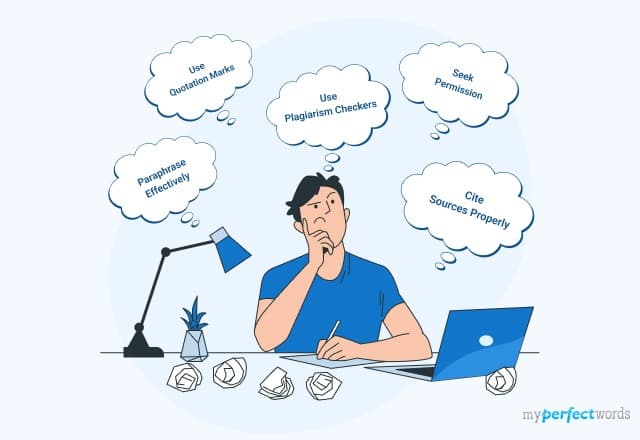
How to Write a Movie Review - Guide & Examples
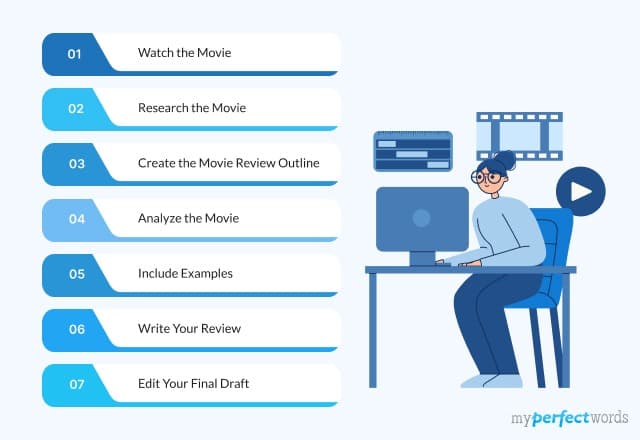
A Complete Guide on How to Write a Summary for Students
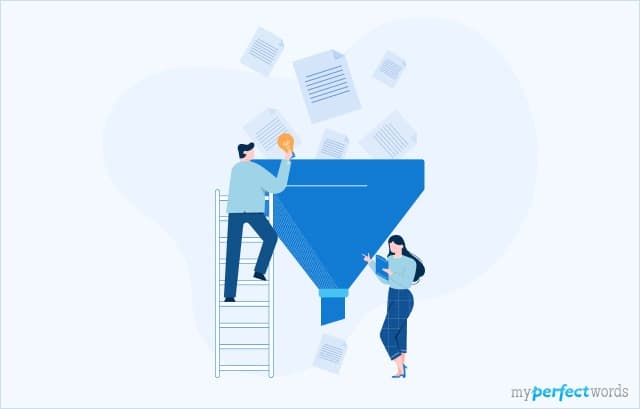
Write Opinion Essay Like a Pro: A Detailed Guide
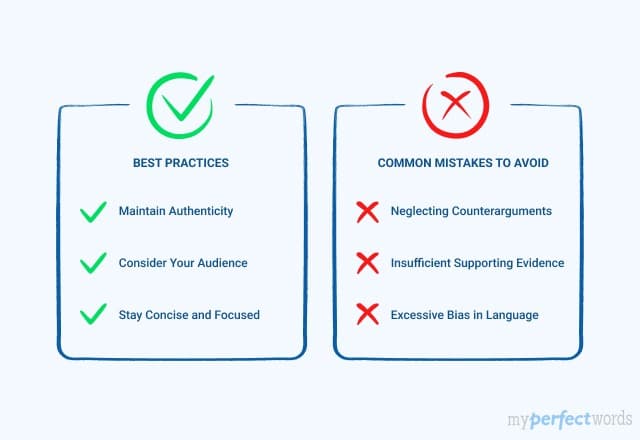
Evaluation Essay - Definition, Examples, and Writing Tips
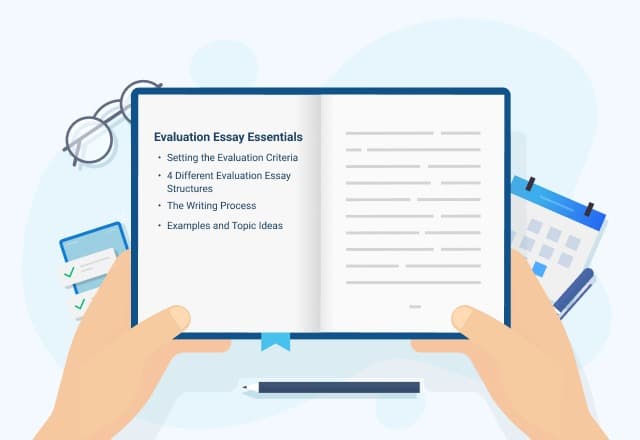
How to Write a Thematic Statement with Examples
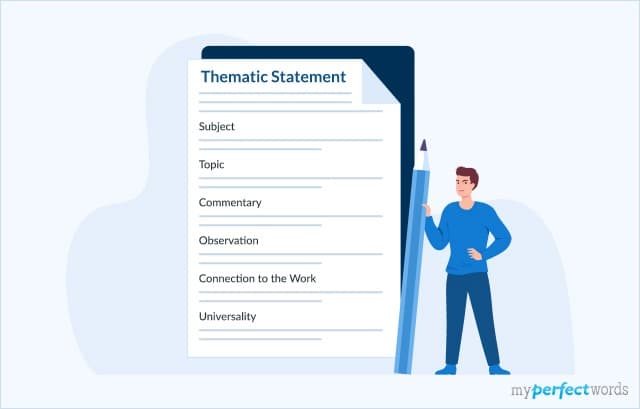
How to Write a Bio - Quick Tips, Structure & Examples
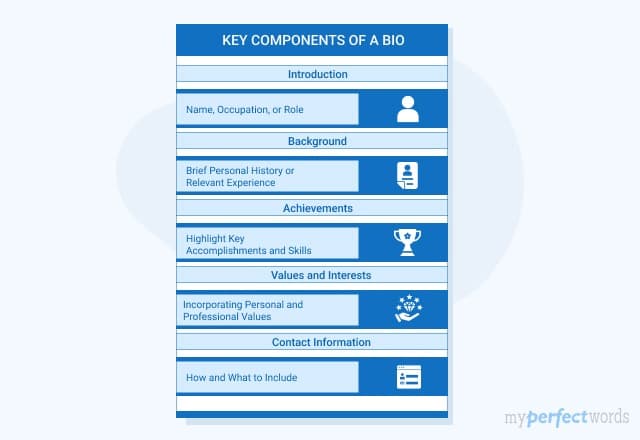
How to Write a Synopsis – A Simple Format & Guide
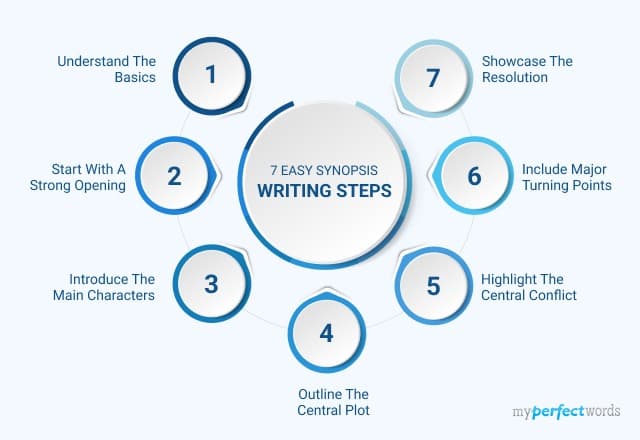
How to Write a Comparative Essay – A Complete Guide
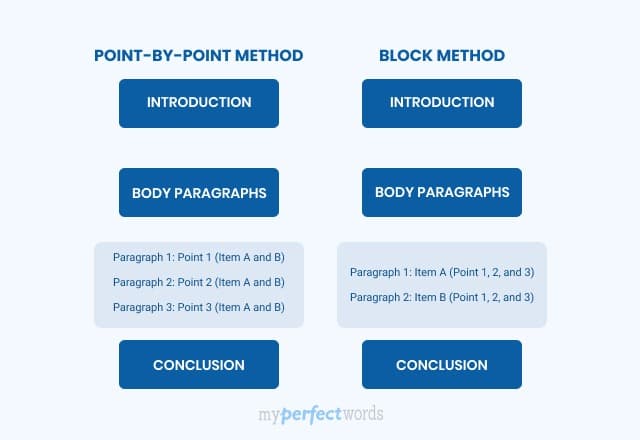
Visual Analysis Essay - A Writing Guide with Format & Sample
-10652.jpg&w=828&q=75&dpl=dpl_F9546bqWqSGaaiS6xRsZSrSfH2Vc)
List of Common Social Issues Around the World
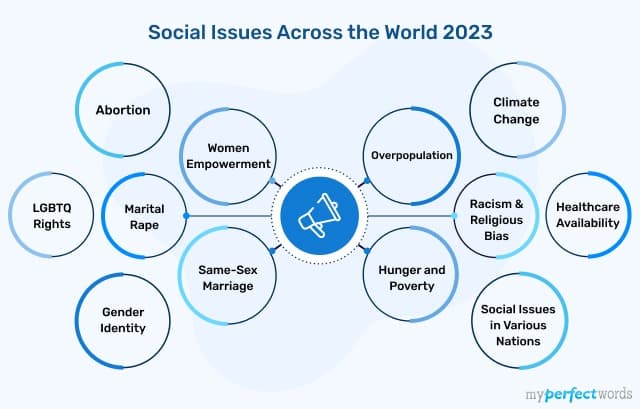
Writing Character Analysis - Outline, Steps, and Examples
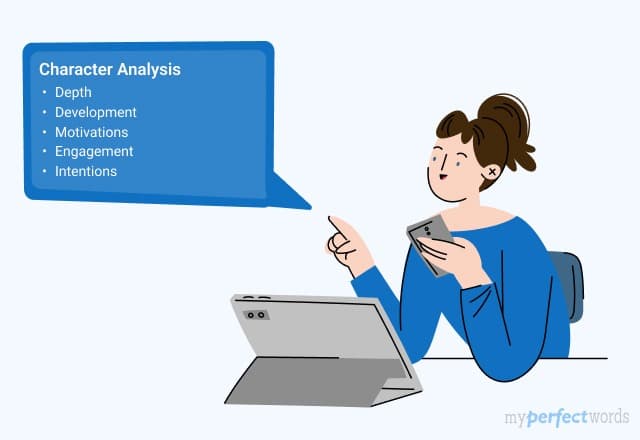
11 Common Types of Plagiarism Explained Through Examples
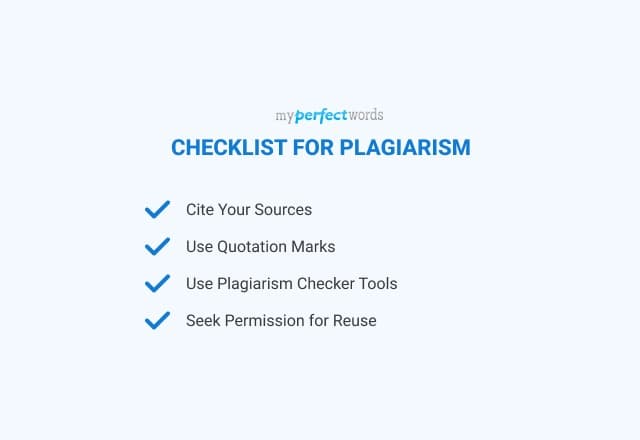
Article Review Writing: A Complete Step-by-Step Guide with Examples
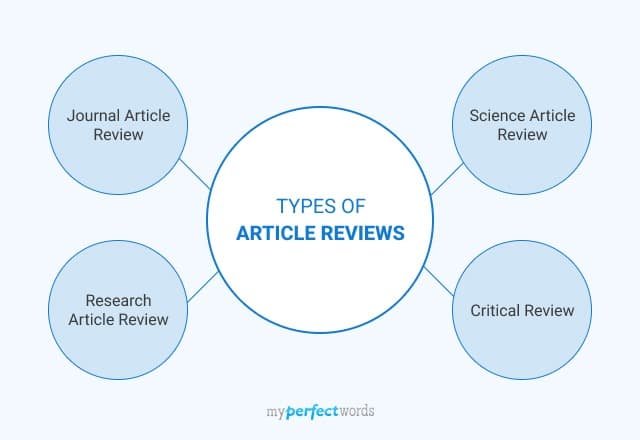
A Detailed Guide on How to Write a Poem Step by Step

Detailed Guide on Appendix Writing: With Tips and Examples



